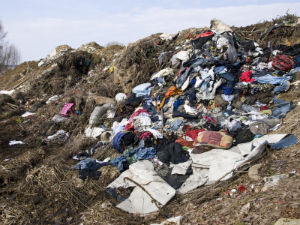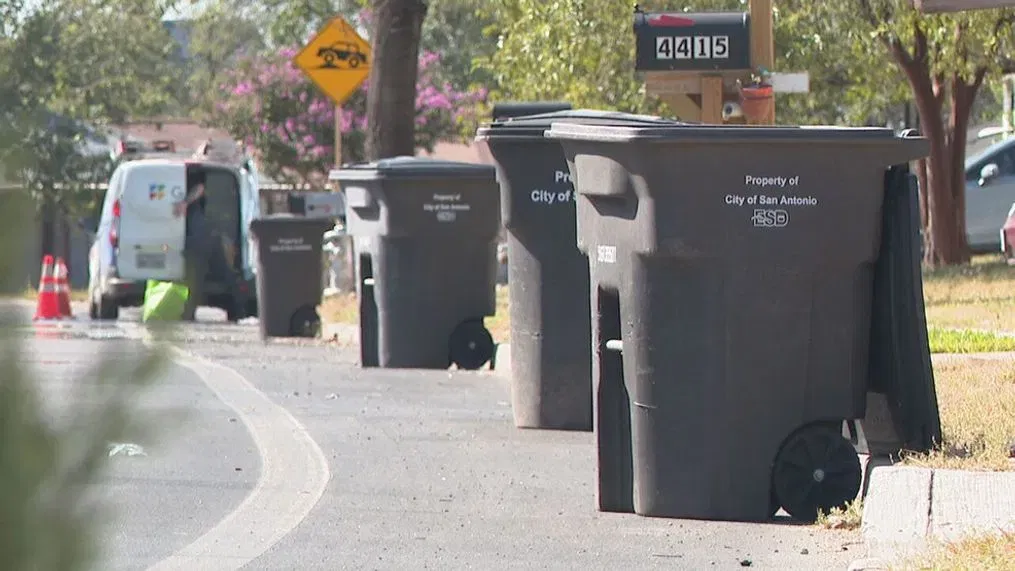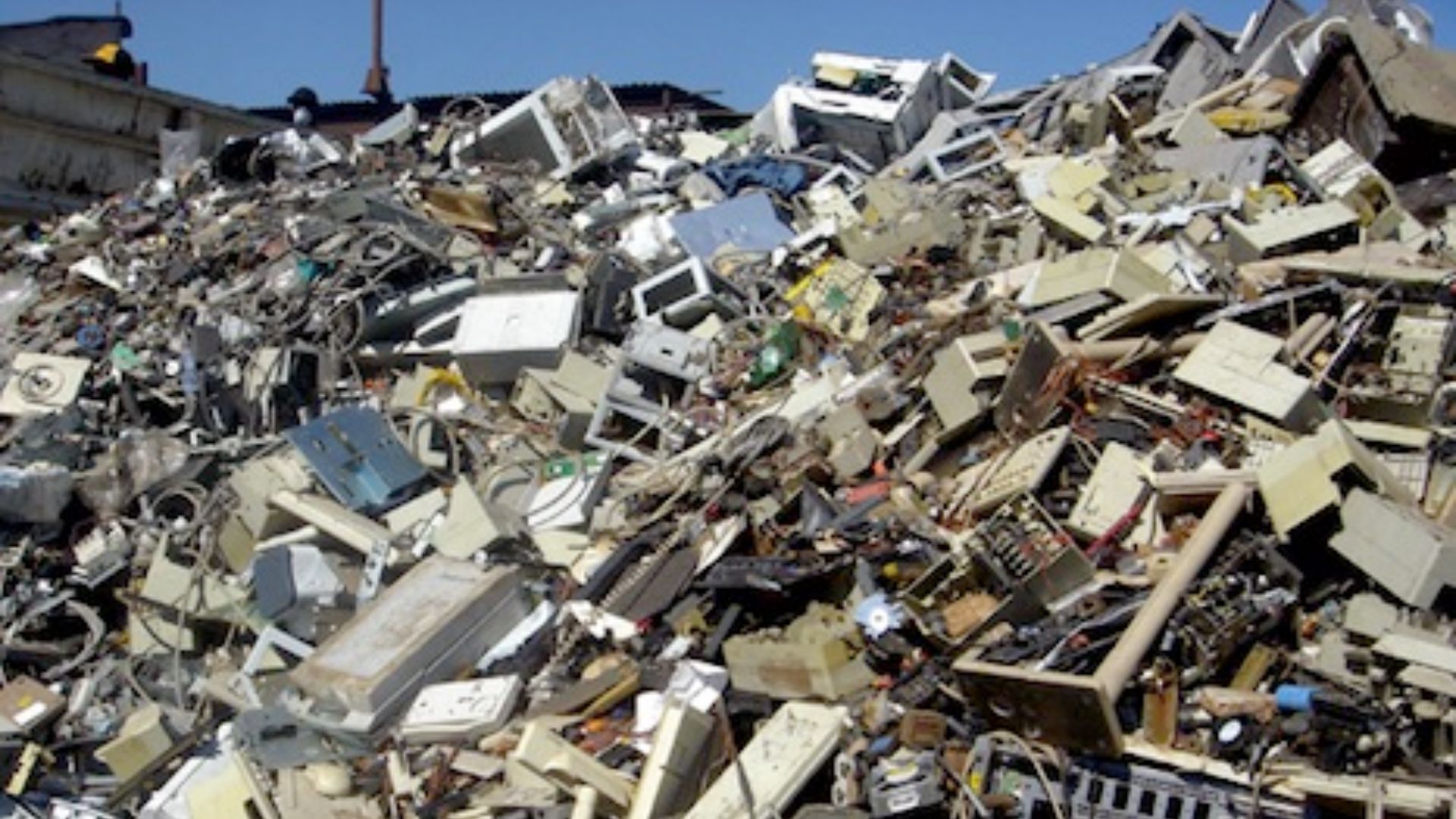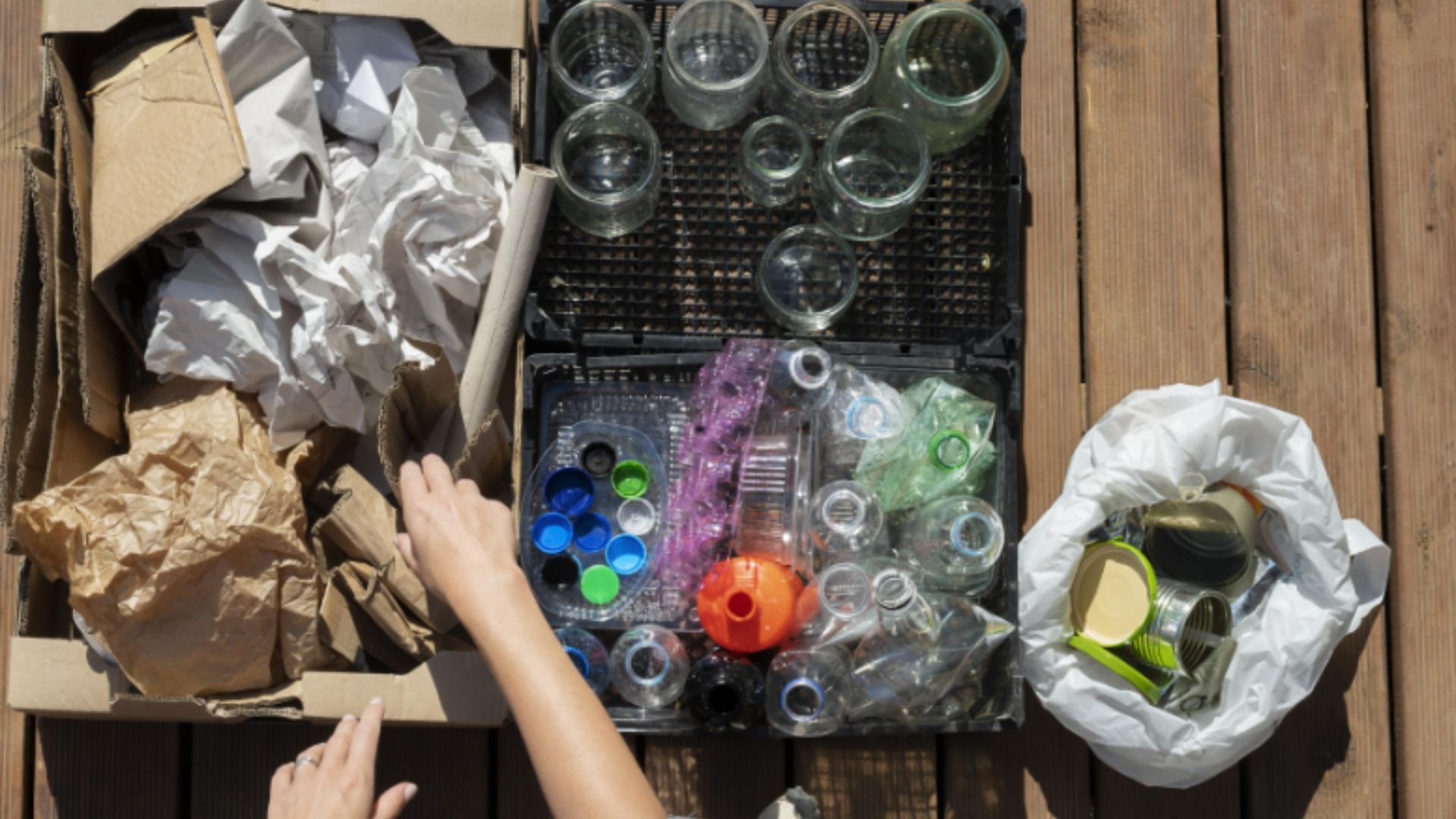Waste and garbage, often overlooked in their daily disposal, harbor a world of intriguing facts. From ancient practices to modern innovations, this article unveils a collection Waste Fun Facts shedding light on the less-explored side of trash.
The Ancient Art of Recycling
Contrary to the perception that recycling is a recent environmental initiative, ancient civilizations practiced their form of recycling. In ancient Rome, for instance, there were organized systems for collecting and recycling bronze and other metals. Therefore, metal scraps were melted down and repurposed, laying the groundwork for a practice that has evolved into the modern recycling efforts we know today.
The Surprising Lifespan of Trash
Ever wondered how long common items take to decompose? Plastic bottles, which are ubiquitous in our daily lives, can take up to 450 years to break down in a landfill. Aluminum cans, on the other hand, can persist for as long as 500 years. Hence, understanding the longevity of our waste underscores the importance of responsible disposal and recycling practices.
The Trashy World of E-Waste
As technology advances, so does the issue of electronic waste, or e-waste. Discarded electronic devices, from smartphones to computers, contribute to a significant environmental challenge. Astonishingly, around 50 million metric tons of e-waste is generated globally each year. Moreover, proper e-waste recycling is crucial to mitigate the environmental impact of hazardous materials present in electronic devices.

The Weighty Matter of Food Waste
Food waste is a substantial global concern, with staggering numbers reflecting its magnitude. According to the Food and Agriculture Organization (FAO), approximately one-third of all food produced for human consumption—roughly 1.3 billion tons—is lost or wasted each year. Therefore, this not only squanders valuable resources but also contributes to environmental degradation and hunger.
Trash Treasure
Landfills, often viewed as vast repositories of waste, have an unexpected byproduct—methane gas. As organic matter decomposes in landfills, it produces methane, a potent greenhouse gas. Some landfills capture and utilize methane as an energy source, providing electricity or even powering vehicles. Thus, this illustrates how creative solutions can turn a seemingly negative aspect of waste management into a valuable resource.
The Great Pacific Garbage Patch
One of the most infamous waste phenomena is the Great Pacific Garbage Patch, a vast collection of marine debris swirling in the Pacific Ocean. Spanning an area twice the size of Texas, this floating mass is primarily composed of plastic. The patch underscores the urgency of addressing plastic pollution and emphasizes the far-reaching consequences of improper waste disposal.
The World of Waste-to-Energy
Furthermore, innovative waste management solutions are emerging to address the energy crisis while managing waste. Waste-to-energy (WTE) plants convert municipal solid waste into electricity or heat. Countries like Sweden and Denmark have embraced this technology, utilizing the calorific value of waste to produce energy, reducing dependence on fossil fuels.
The Bizarre World of Illegal Dumping
Illegal dumping is a global issue that not only mars landscapes but poses environmental hazards. In some instances, people dispose of hazardous waste illegally, jeopardizing ecosystems and human health. Bizarrely, certain cases involve illegal dumping of odd items like old cars, appliances, or even entire boats, leaving authorities grappling with unconventional waste management challenges.
The Art of Upcycling
Moreover, while recycling gets significant attention, upcycling is an equally impactful and creative approach to waste reduction. Upcycling involves repurposing discarded items into new, often more valuable, products. From turning old furniture into trendy decor to transforming used textiles into fashionable accessories, upcycling showcases the art of giving new life to items that would otherwise end up in the trash.
The Weight of Waste on Wildlife
Additionally, the impact of waste on wildlife is a poignant reality. Animals often mistake plastic debris for food, leading to ingestion and entanglement. Hence, marine life, in particular, faces severe consequences, with reports of whales, turtles, and seabirds succumbing to the consequences of plastic pollution. Recognising the connection between human waste and its toll on ecosystems emphasizes the need for responsible waste management.
Conclusion
In conclusion, beyond the routine act of discarding waste lies a realm of fascinating facts that illuminate the complexities and consequences of our garbage. From ancient recycling practices to the ecological challenges posed by modern waste, each tidbit offers insight into the broader narrative of waste management. Therefore, by understanding the multifaceted aspects of waste, we can foster a collective responsibility to rethink, reduce, and responsibly manage the resources we generate and discard.



